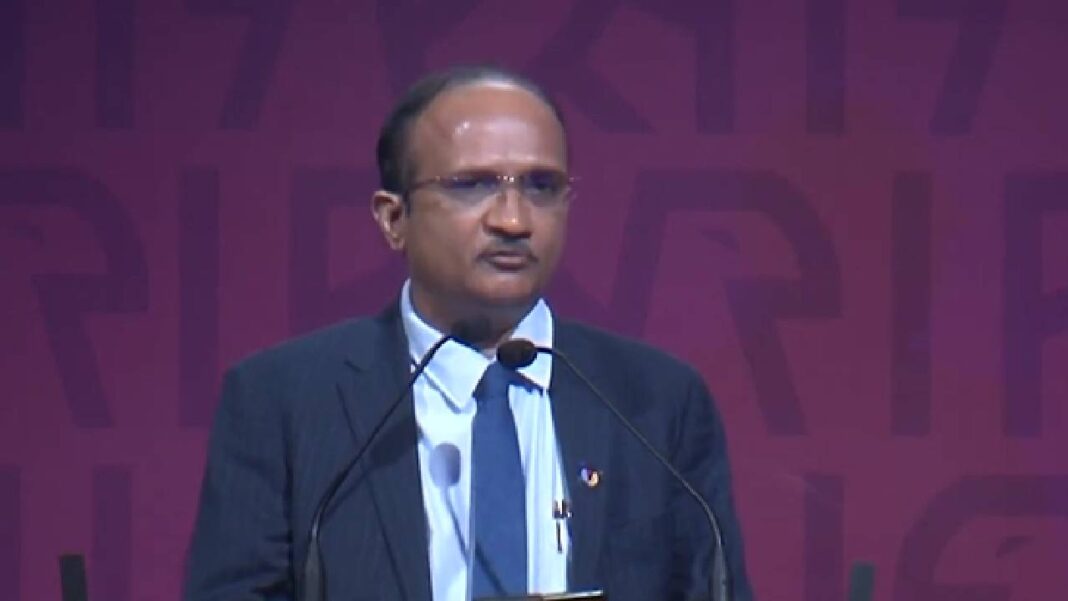PNS|Hyderabad
Only 10 per cent of Global Capability Centres (GCCs) are working on local problems, while the remaining 90% focus on backend problem-solving, said BITS Pilani Hyderabad Vice-Chancellor, Prof. V Ramgopal Rao.
Speaking on ‘Will the GCCs Redefine India’s Global Economic Leadership” at the NASSCOM GCC Summit 2025 on Tuesday, he said the government should improve matchmaking between academia and industry through co-funding.
Prof. Ramgopal Rao said that in academia, progress depends on the number and quality of research publications. He said that India has now realised the importance of filing patents and currently ranks 6th in the world in patent filings.
However, he pointed out that raising funds for big tech ventures in India is difficult due to its bureaucracy and other challenges. “What takes five years in the US takes double the time in India,” he said.
Prof. Ramgopal Rao said that most government funding goes to private entities, and the two main challenges are orientation and transactional issues.
He explained that when public institutions receive funds, the process is government-handled, which causes delays. He said that importing equipment for an institution takes up to 11 months and needs approval from the Ministry of Education.
He stressed that structural changes are needed in the system, especially in Intellectual Property (IP) developed by institutions. He also raised concerns about research integrity, saying that while India ranks third globally in research and academic interactions, the intense competition to publish has led to unhealthy practices in the academic community. Meanwhile, Nasscom President Rajesh Nambiar said the next wave of global capability will not come from size, but from speed, specialisation and strategic influence.




